Business Review

Business Review

The Group has been encouraged by underlying performance, with Grocery Retail profitability significantly above 2019 levels, supported by the Group’s transformation initiatives. Encouragingly, Convenience profitability in the second half improved significantly compared to the first half.
Wellcome’s underlying operating metrics continued to strengthen and market share has also continued to increase
Group Sales*
Group Profit†
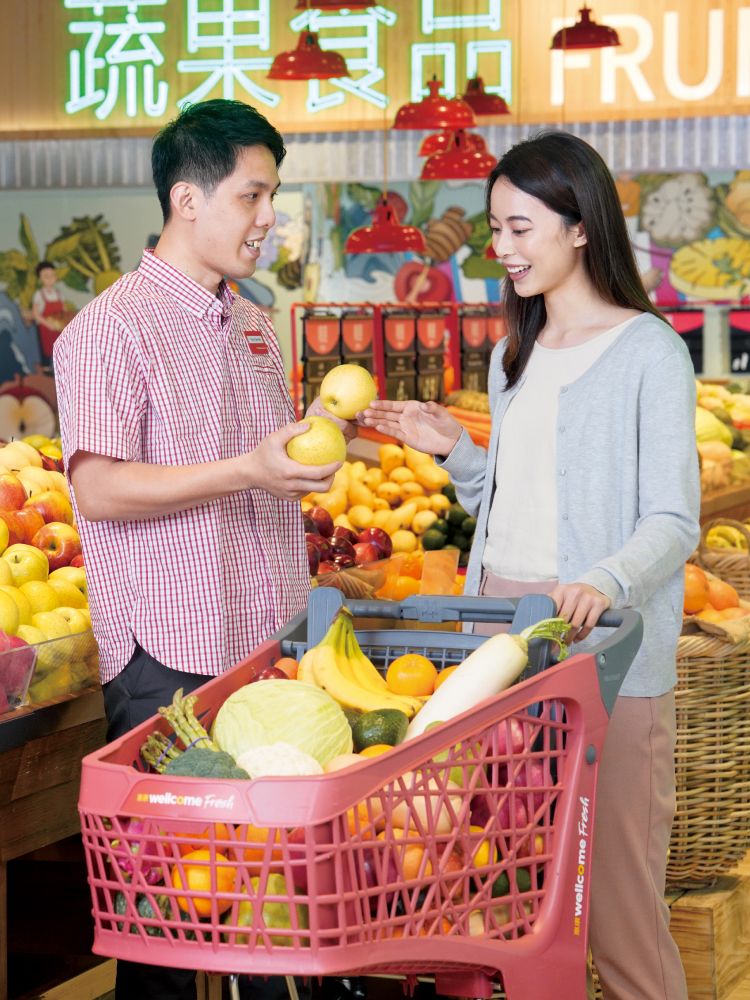
DFI Retail Group’s Grocery Retail business has been serving our customers for over 70 years striving to achieve our goal of giving customers a proposition they trust, delivering quality, service and value.
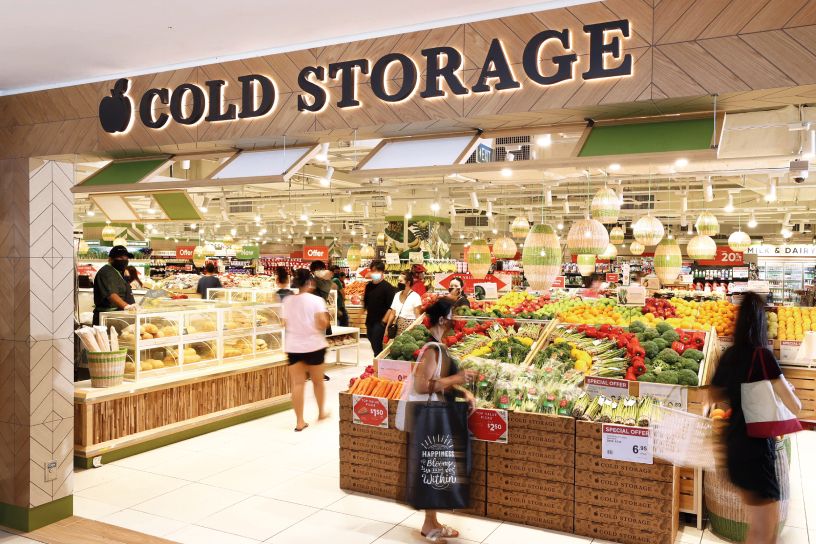

Reported sales for the Grocery Retail division in 2022 were US$3.9 billion. Excluding the impact of the Giant Indonesia restructure, revenue for the division reduced by 4%. Underlying operating profit for the division was US$91 million for the year. Profitability was lower than the prior year, primarily due to the absence of the panic buying seen in 2021, further compounded by rising cost of goods sold and operating expenses. Despite the challenges faced throughout 2022, however, the Group has been encouraged by underlying performance, with Grocery Retail profitability significantly above 2019 levels, supported by the Group’s transformation initiatives.
There was mixed performance by Wellcome Hong Kong in 2022. Wellcome reported strong like-for-like (‘LFL’) sales growth in the first quarter, as the fifth wave of the pandemic and related restaurant restrictions drove strong demand from customers for core grocery and protective products. This surge in demand created significant operational challenges, which were overcome by extraordinary team effort and dedication. When demand was at its peak, with LFL volume growth of up to 40%, our store operations and supply chain teams experienced staff shortage levels of 40%, due to a rise in COVID infections and the impact of quarantine requirements. This placed immense pressure on the remaining team members to continue to serve the community. There were also significant disruptions to the vendor supply chain, requiring our commercial teams to adapt quickly to ensure enough availability on shelf. During the peak of the fifth wave our supplier service levels halved, with global lead times for replenishment stock also increasing significantly. It was a testament to the tireless efforts of our team that we were able to continue to serve the community during this crucial time and restore supply levels much faster than originally anticipated.
Total Sales of Goods‡
US$ 20.7 b
Operating Profit
US$ 141 m
Store Network‡
5,620 stores
Grocery Retail
Convenience Store
‡ Including 100% of associates and joint ventures.
Wellcome’s re-modelled stores continue to perform well, with double-digit sales uplifts
Wellcome Hong Kong operations and LFL sales began to normalise during the second quarter, as the economy reopened. Over the course of 2022, Wellcome’s underlying operating metrics continued to strengthen and market share has also continued to increase. This has been supported by rising customer perception scores over the course of the year, driven by our Every Day Low Prices campaign and strong execution on our Own Brand ranges. Own Brand penetration has now reached double-digit percentages in volume terms, almost double the levels seen at the beginning of 2020. Re-modelled stores continue to perform well, with double-digit sales uplifts.
Grocery Retail Own Brand penetration has now reached double-digit in volume terms, almost double the levels at the beginning of 2020

SEA Grocery Retail performance in the year was adversely impacted by sales normalisation from the higher base previously seen as a result of pandemic restrictions, as well as by the disruption caused by renovation work to our stores and reduced consumer spending appetite due to rapid interest rate hikes and significant inflationary pressure. Inflationary pressure has affected top-line sales revenue and also created margin pressure. The inflation rate in Singapore reached its highest level in 14 years in the period and led to pressure on both labour and utility costs.
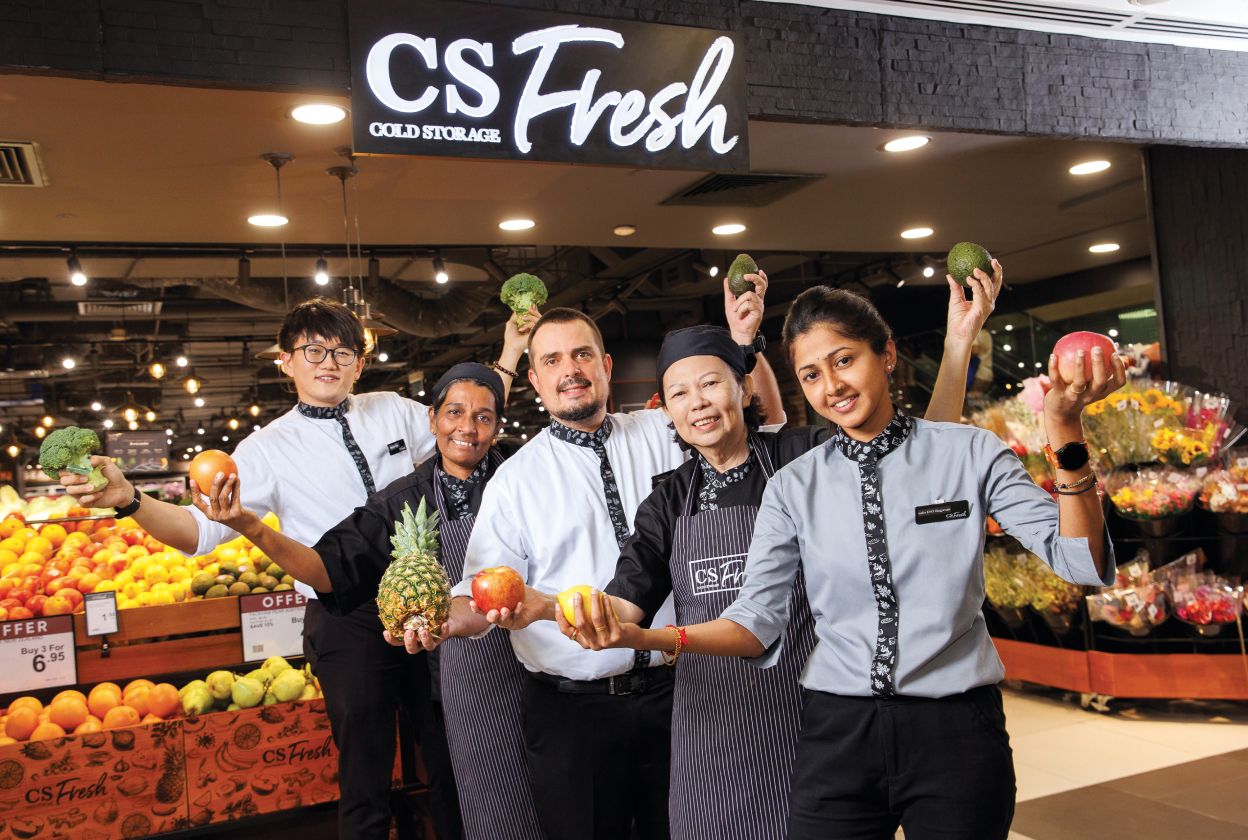
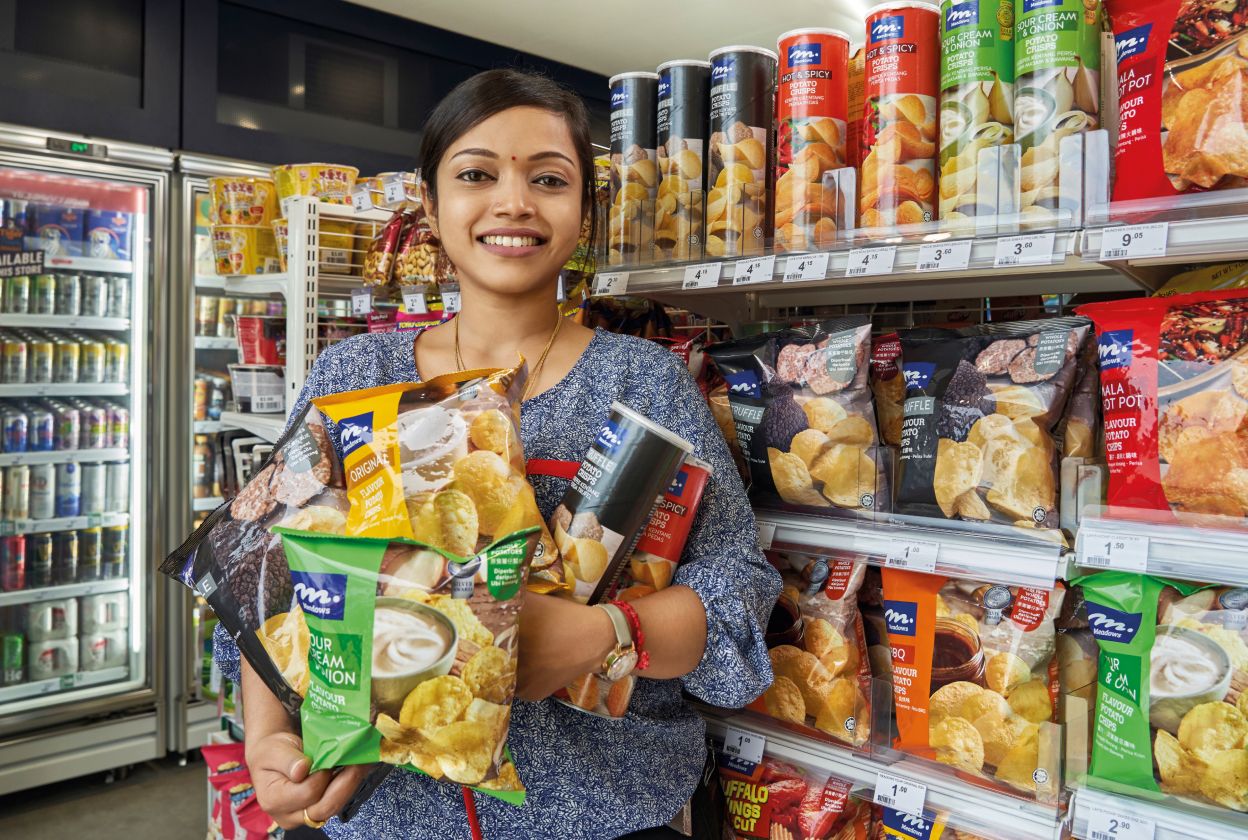
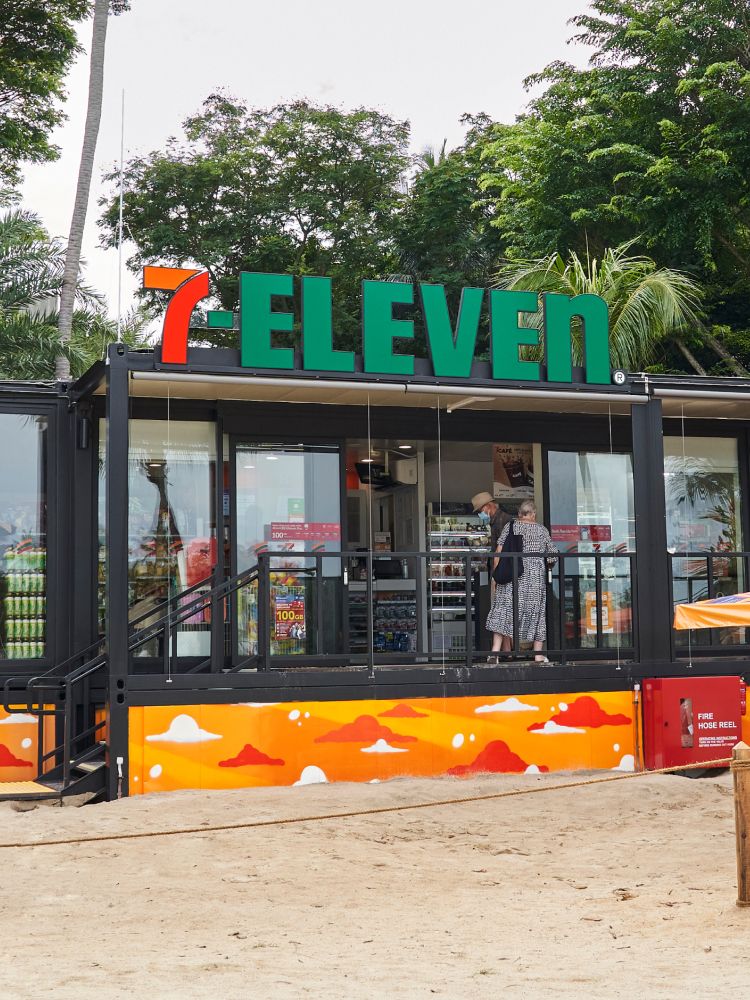
With over 40 years of delivering the convenience shopping experience, DFI Retail Group operates the 7-Eleven franchise in Hong Kong, Macau, South China and Singapore and offers innovative products and services to customers.
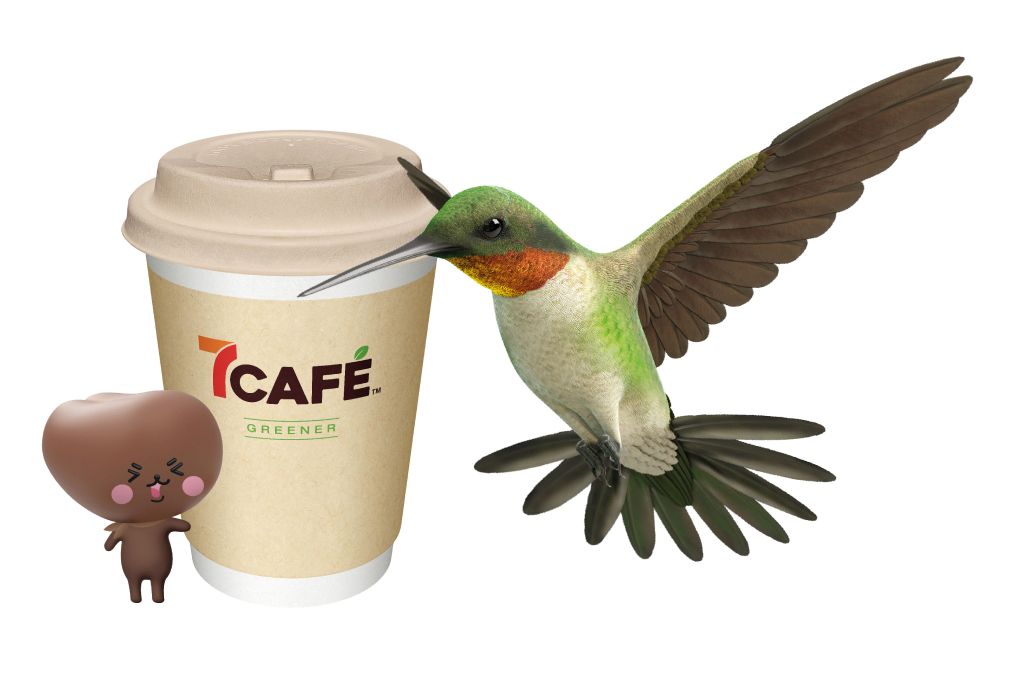
Total Convenience sales were US$2.3 billion, an increase of 1% compared to the prior year. Convenience underlying operating profit was US$51 million for the year, broadly in line with the prior year. Encouragingly, profitability in the second half improved significantly compared to the first half, with the Group reporting US$51 million profit compared to the breakeven result in the first half.
The Convenience division experienced contrasting operating trends to our Grocery Retail businesses in their respective regions. In Singapore, our businesses saw a strong recovery as the economy reopened. Throughout the course of the year, we have seen accelerating LFL sales trends, with double-digit LFL growth over the past three quarters. Profitability in Singapore has also increased significantly as a result.
Within Hong Kong, the fifth wave led to negative LFL sales in the first quarter, which significantly impacted profitability. However, as Hong Kong has progressively removed pandemic restrictions, we have seen LFL sales improve over the remainder of the year. As a result, profitability for 7-Eleven in Hong Kong in the second half was nearly four times as much as that reported in the first half.
While each of our businesses has been impacted by the pandemic and the related movement and trading restrictions, none have been more affected than our businesses in the Chinese mainland. In the first quarter, the COVID wave across several cities led to services for around 300 stores being suspended, or to their hot ready-to-eat meals offer being heavily restricted. More recently, in November, the situation worsened, with the number of COVID cases in Guangdong hitting all-time highs. Drastic measures were imposed in the city and more than 600 of our stores experienced severe trading disruptions. Despite the inherent challenges arising from the lifting of restrictions in recent weeks, stores can now begin trade with some degree of normality once more. We are encouraged by the more recent performance following the lifting of pandemic restrictions on the Chinese mainland.